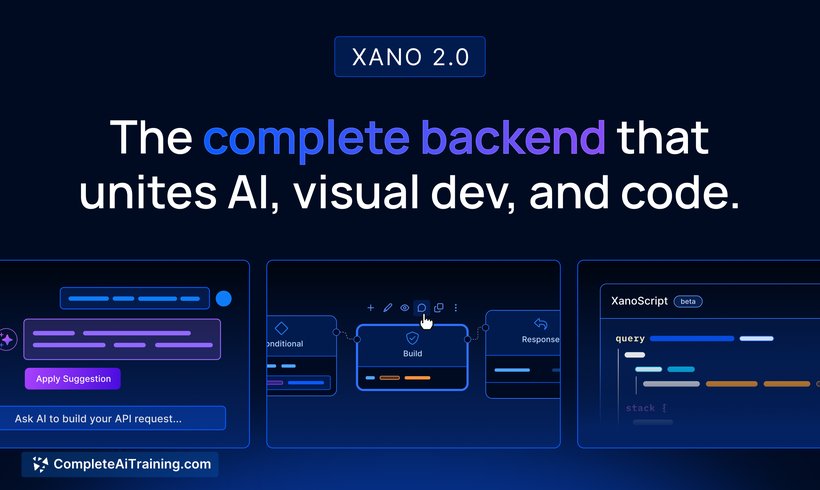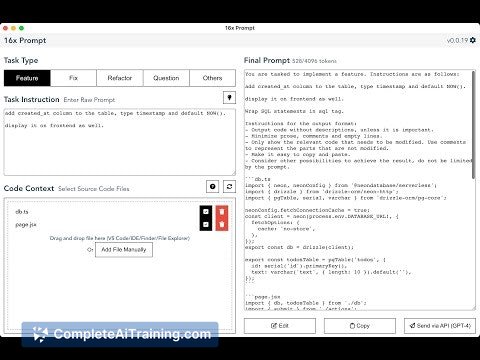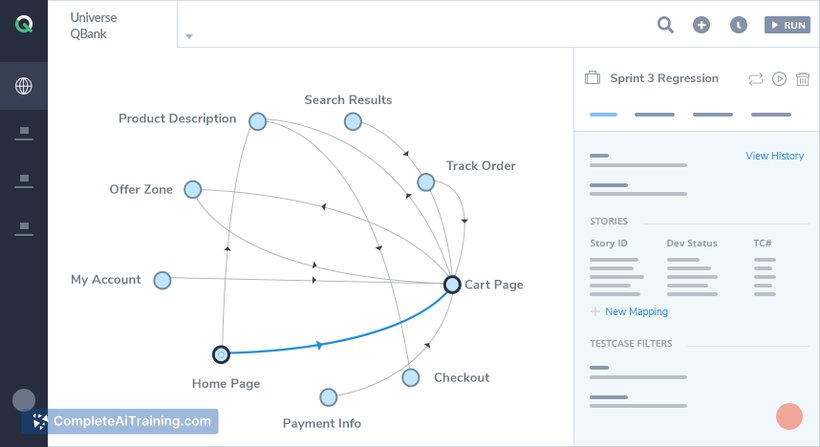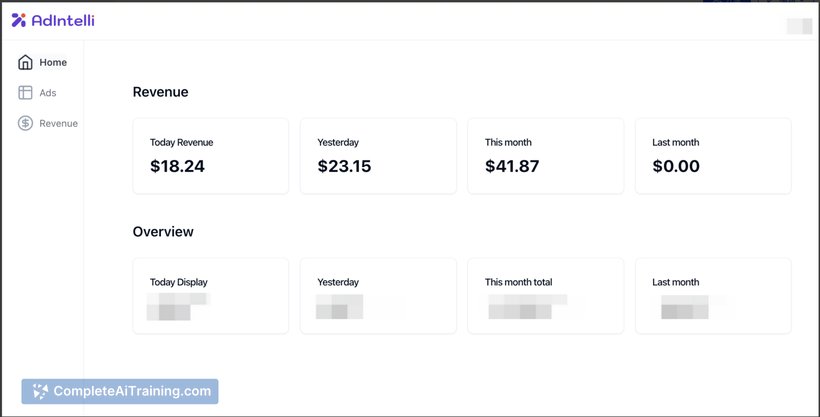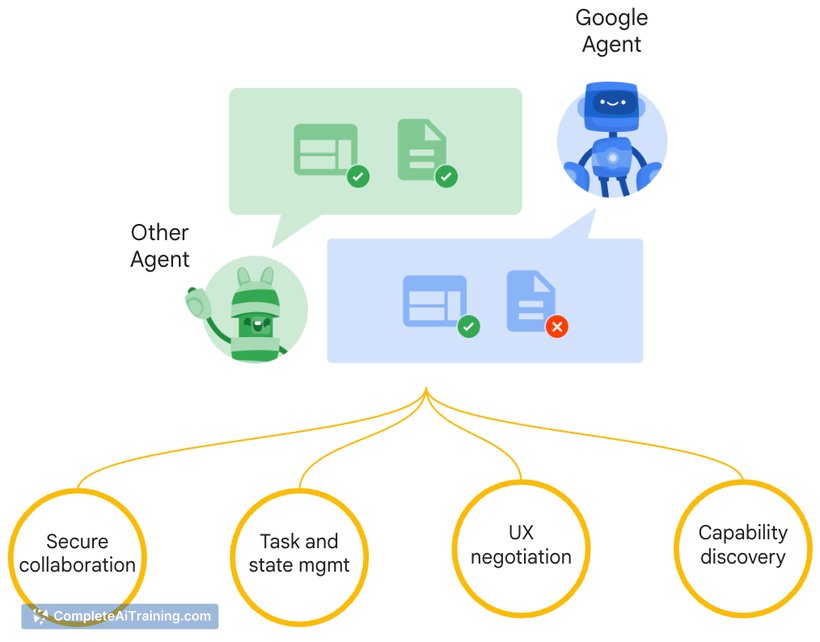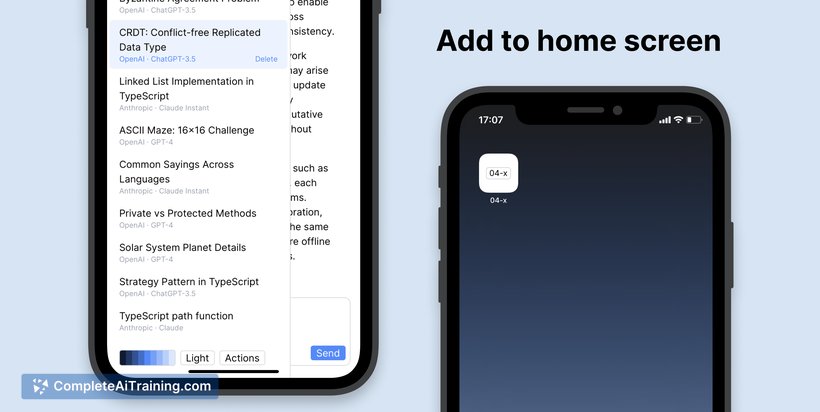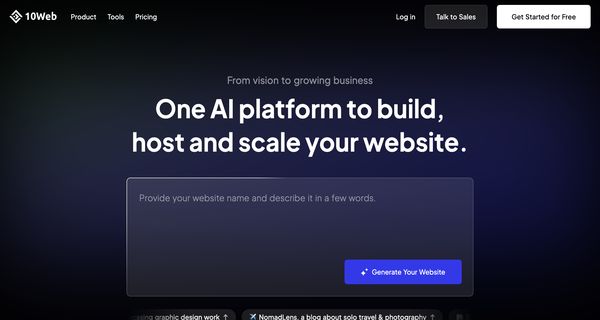About Xano 2.0
Xano 2.0 is a unified backend platform that combines AI-assisted generation, visual development, and an editable code surface to build, test, and deploy backends. It includes a built-in database, dynamic APIs, static hosting, and infrastructure management to reduce the need to stitch multiple services together.
Review
Xano 2.0 aims to bridge quick prototyping and production-ready backends by keeping AI-generated logic, visual flows, and code in sync. The platform emphasizes developer control through a new scripting language and integrations with common developer tools while offering visual tools for collaboration.
Key Features
- Logic Assistant: AI-assisted generation of APIs, Tasks, and Functions to accelerate backend development.
- XanoScript and IDE integration: Edit backend code directly in VS Code and sync changes with the platform.
- Visual + code parity: Visual logic views that remain synchronized with editable code to preserve clarity and traceability.
- All-in-one backend: Built-in database, authentication, integrations, dynamic APIs, and static hosting on managed infrastructure.
- SDLC support: Branching, merging, publishing, and Git sync to fit into team workflows and deployment pipelines.
Pricing and Value
Xano 2.0 offers a free option to get started, with tiered paid plans for growing projects and enterprise needs. The platform's value proposition is centered on consolidating multiple backend pieces-database, API, auth, hosting, and DevOps-into a single service, which can reduce integration overhead and speed delivery. That said, teams with minimal backend needs may find higher-tier plans costlier than simpler alternatives, while organizations that require scale, governance, and integrated tooling will see stronger ROI.
Pros
- Fast path from idea to working backend using AI-assisted generation and templates.
- Strong parity between visual logic and editable code, improving transparency and maintainability.
- Comprehensive feature set (database, APIs, auth, hosting) removes much of the service fragmentation.
- IDE and Git integration supports engineering workflows and team collaboration.
- Managed infrastructure removes the need for separate DevOps for many use cases.
Cons
- Higher-tier pricing can be significant for small teams or hobby projects compared with lightweight alternatives.
- New concepts like XanoScript and the combined visual/code workflow introduce a learning curve for some users.
- Audit and governance features for AI-generated logic are still evolving and may not yet meet every compliance need.
Overall, Xano 2.0 is well suited for startups, agencies, and product teams that want to move quickly from prototype to production while retaining visibility and control over backend logic. It's a strong option for projects that need integrated backend services and team-oriented development workflows, though smaller projects should evaluate pricing against their expected usage.
Open 'Xano 2.0' Website
Your membership also unlocks:

